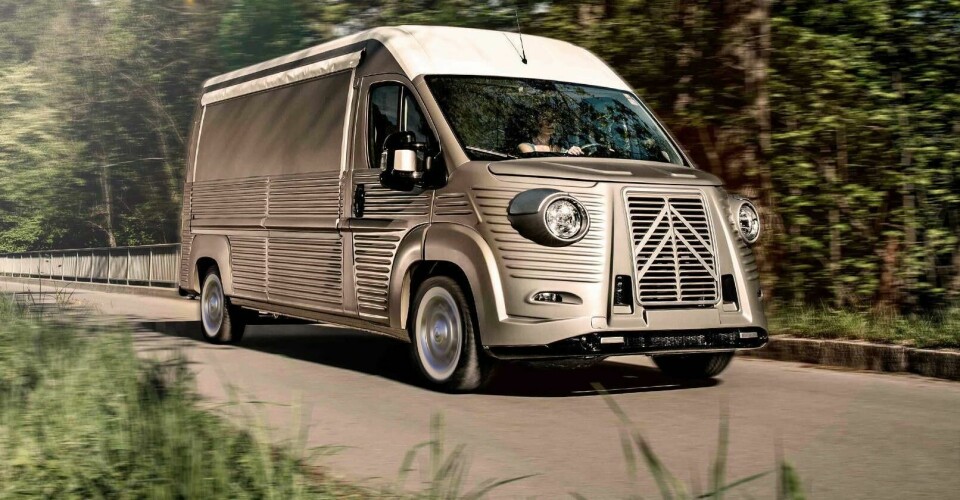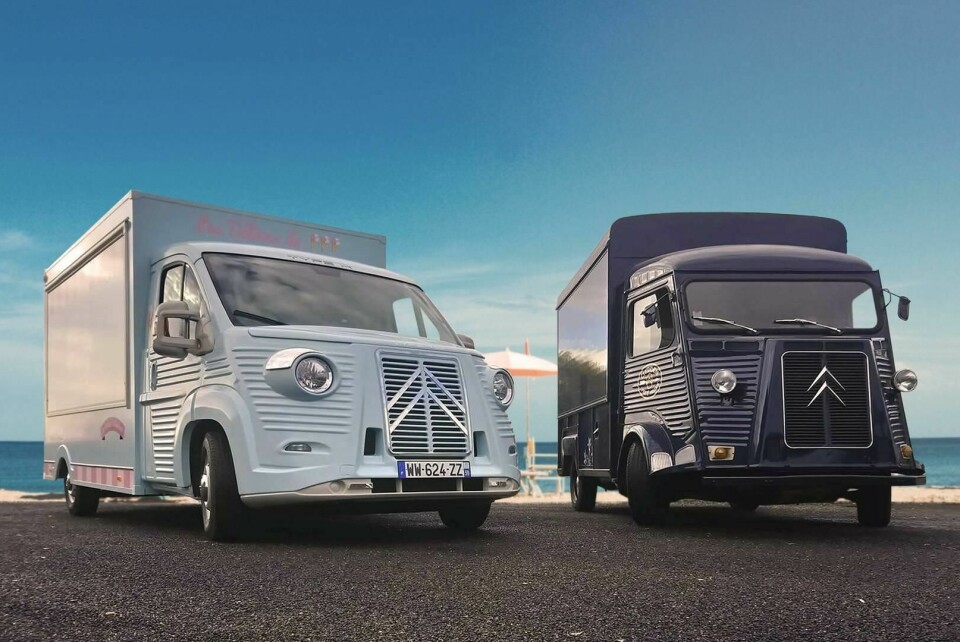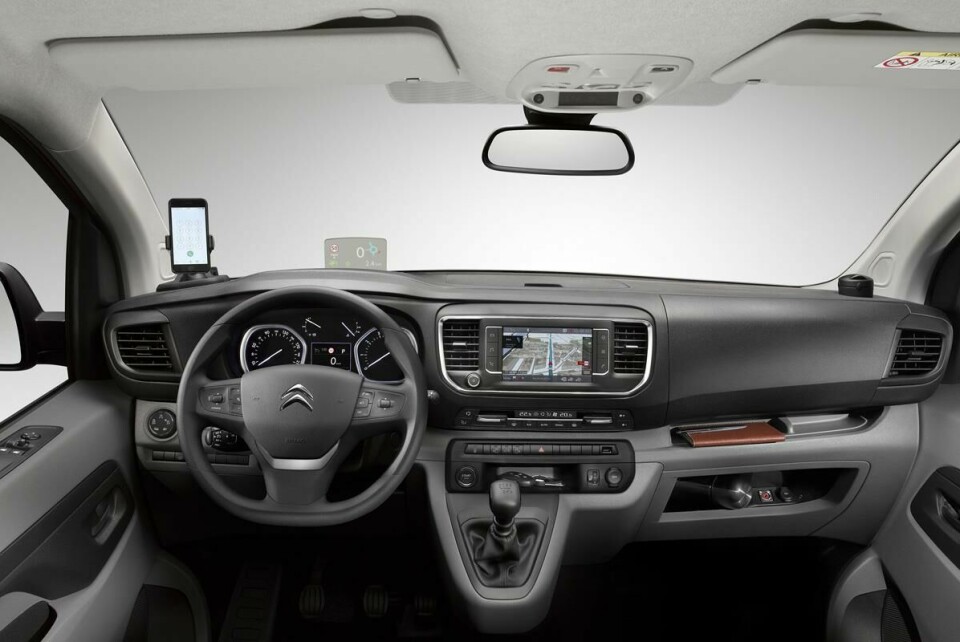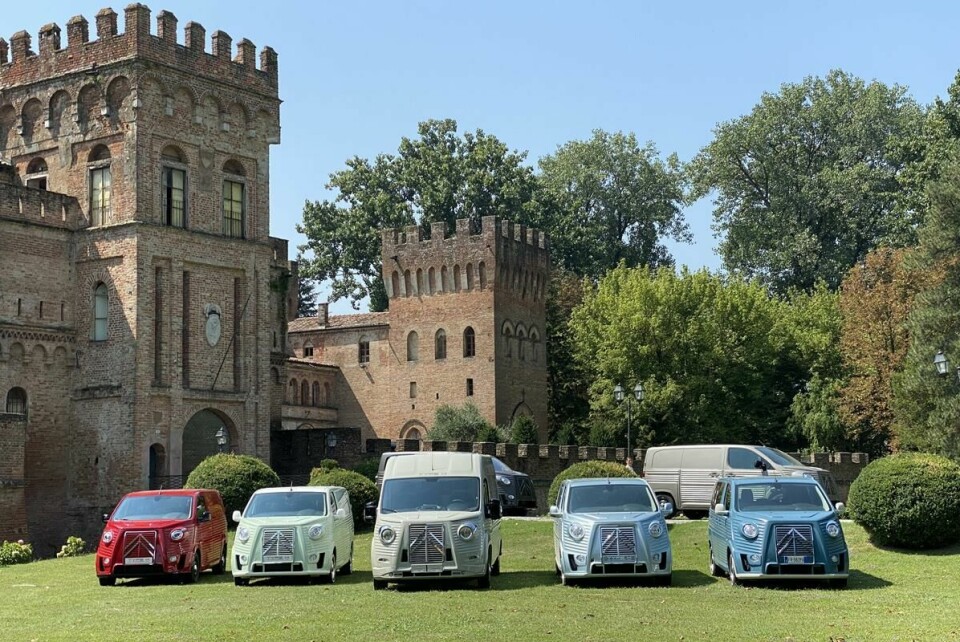
Italian coachbuilder modernises classic Citroen vans
Starting as little more than a pet project, one Italian coachbuilder has secured a deal to produce modernised Citroen HY vans of the 1950s under license. It signals a growing appetite for classic aesthetics with modern technology
The retromod has sat in its own niche for decades, often a labour of love that goes no further than a one-off commission. But in recent years, modified classics appear to have experienced a resurgence and in many cases with a scalable business model.
Numerous outfits around the world already offer modernised versions of iconic models, from Singer’s work with Porsche 911s to Eagle E’s efforts with the Jaguar E-Type and Mechatronik’s stately Mercedes M-Series Coupé and Cabriolets. Then there is the rebirth of legendary coachbuilder Radford. There are numerous others tinkering away with old Alfa Romeos, Fords and Volvos – frankly too many to mention.
As modern cars adopt common platforms and powertrains there is a corner of the industry that yearns for the aesthetics of vehicles from the 50s, 60s and 70s, which many consider the golden age of car design. The trend even extends beyond passenger cars and into the commercial vehicle sector, where a pet project recently evolved into a licensed fabricator of modernised Citroen HY vans. (Car Design News has learned that a new model is due to be revealed very soon, so watch this space.)

Based in Sospiro, Italy, Type H is the brain child of Fabrizio Caselani and David Obendorfer, who both come from the yacht industry. After converting his own original HY van into a camper – and using it to explore Europe for many years – Caselani’s dream of producing a modernised version with classic looks eventually became a reality in 2017.
Often the vehicle of choice for street food vendors, mobile cafes, florists and other artisanal businesses, the appeal of the original HY van speaks for itself. It is a business decision, piquing the interest of passers-by and speaking positively of the people working inside it. There is a certain appeal of the classically-styled workhorse that suggests care, creativity and craftsmanship – and simply good taste – which are all good connotations for someone selling gelato, patisseries or a skilled trade.
But for all the positives a classic vehicle brings, there are the inevitable drawbacks in terms of poor performance and high running and maintenance costs. Restomods remedy such issues and can be had at a comparable price but with ‘money can’t buy’ levels of reliability.
“We wanted to modernise, while keeping most of the iconic features”
Although he is emotionally attached to his modified Citroen HY campervan, the “old timer” is not a comfortable vehicle, Caselani concedes. It is slow, with a maximum speed of around 90kph, and brings all the refinement you’d expect from a vehicle that was designed in the late 1940s. “I continued to dream about this kind of a vehicle, but with modern engine and comfort,” he recalls. The new restomod variants are based on a Euro 6 diesel-powered Citroen Relay van (sold as the Jumper in Italy) upon which various body configurations can sit. Type H’s vans can also be configured with an electric powertrain, based on models like the e-SpaceTourer and e-Jumpy.
Plug-in relaunches of much-loved classics are already popular elsewhere; among many others, British coachbuilder RBW has tried its hand on the MGB Roadster, retaining the timeless look and feel but with modern technology under the skin. A perfect marriage of old and new.
Having spent 14 years working at yacht maker Riva, Obendorfer was brought on board to handle the redesign. After early examples caught the eye of the press and enthusiasts, Citroen then approached the pair to iron out a licensing deal, which Obendorfer says ultimately helped as they gained the support of Citroen’s engineers.
The aim was to retain the flair of the original but with a contemporary feel, Obendorfer tells CDN. “The idea wasn’t to try and make the same van and use old parts. We wanted to modernise from the beginning,” he explains. “We wanted to keep most of the iconic features, like the high front grille, the trapezoid front end and the round headlights, along with those small rear lights. And of course the corrugated surfaces which are iconic for the old Citroen vans. It was a revision of the old design and not just a copy.”
“In the beginning it was more for passion, but it has become quite a serious business”
The Type H team sells between 150 to 200 units each year currently, barely a drop in the water of the overall van market in Europe, but a fair effort considering the scale of the coachbuilder. Obendorfer explains that it is not as simple as just changing the lights and grille, but also marrying the silhouette of the original HY van with that of the Relay. “From a stylistic point of view, our base vehicle has its own curvatures so you have to consider that – we didn’t just copy the surfaces of the original van,” he says. “It has to be an organic effort as it is a handmade product.”
And the redesign did not stop at the bodywork. Efforts also went toward ensuring that the colour palettes reflected the original, avoiding harsh metallic finishes and opting instead for chalky greens, blues and yellows. “Most of the colours that we propose are old Citroen colours from the 60s and 70s,” says Obendorfer. “Most of our clients go for these, but some do go for their own custom company colours. We’re certainly very happy when they do choose something classic like an orange, yellow or sage green.”

The interior is largely untouched and does seem a little jarring in contrast to the exterior. There are no obvious nods to the original HY and passengers are met by a sea of anthracite plastic. It is understandable – this is a commercial vehicle after all and will be used primarily as a workhorse in most cases – but it does seem a missed opportunity.
While the HY of decades ago is perhaps a little too spartan even for the purists, some simple colour blocking on the IP and doorcards to match the exterior would not go amiss. Reupholstered seating, retro-inspired dials and a thin three-spoke steering wheel would complete the look, but perhaps a bridge too far when it comes to pricing. It is also worth remembering that these are not bespoke, ground-up commissions, but modified versions of existing vans. A disappointing result, no less.
But is the restomod community still just a niche for the purists, or is the growth of players like Type H a sign of wider interest in retro styling? “In the beginning we didn’t think it would be a real business – it was more for passion and personal needs of Fabrizio,” says Obendorfer. “However, it has become quite a serious business.” Castelani is broadly critical of many new car designs today, but says his company does not necessarily speak to the conservative enthusiast who wants a carbon copy of the original. In his eyes, ‘new’ does not necessarily mean ‘bad’ — different eras can complement each other.

“We are more interested in placing something old in a new context. It is about saving the old charm and bringing it to a modern car,” affirms Obendorfer. “We have two production lines – the Type H van, and the smaller Type HG, which is based on the Citroen Dispatch. The bigger van is mainly used for food trucks and mobile cafes, as well as camper vans and even tow trucks in some cases. The HG is more of a traditional panel van.”
There are no plans to branch out beyond Citroen models for now and the company already has enough on its plate with the HY van. However, a new model – a 2CV van based on the Citroen Berlingo – is due to be revealed later in September. “Citroen wanted a little more control with this project,” advises Obendorfer, “as it is an even more iconic model. We had to get it right.”









